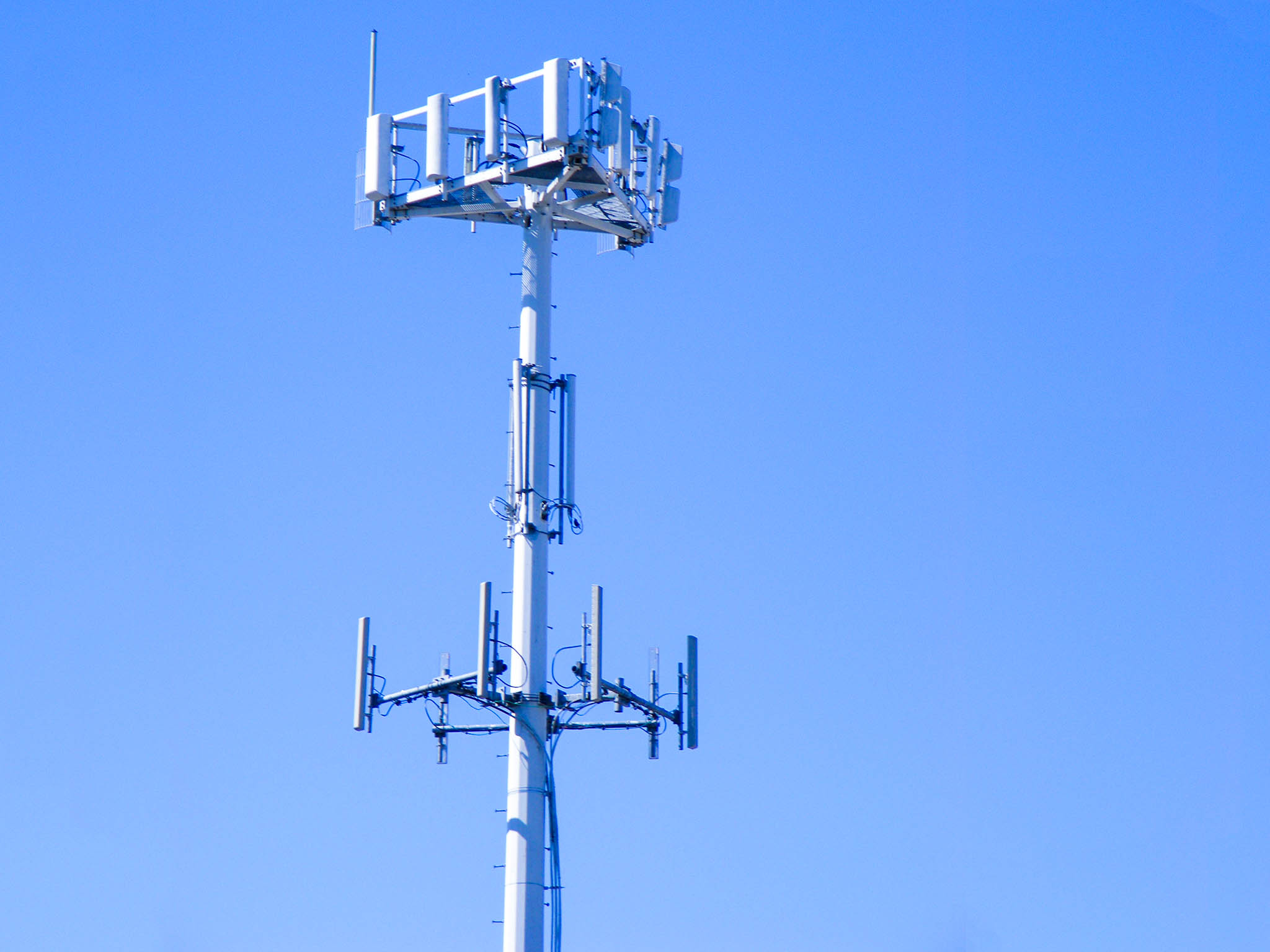Very best safest distance coming from a 5G cell Structure?

If you've ever wandered through a town and spotted tiny 5G cell towers on street light poles. They look like small boxes, but they're actually broadcasting wireless signals from cellular providers to your phone.
They are replacing larger, purpose-built cell towers. While they're less noticeable, they still can cause problems for people.
The of the FCC's Radiation Exposure Thresholds
The FCC's Radiation Exposure Thresholds establish the safe distance that an individual can be exposed to electromagnetic energy from wireless devices. The limits for exposure are based on scientific data that show that RF energy could cause harm to health.
The rate of absorption called the specific absorption rate (SAR) is a measure of the amount of radiofrequency energy that is taken up by tissues. It's typically 1.6 milliwatts per kilogram averaged over one gram of tissue.

However, because 5g transmits at higher frequencies and has the potential to cause greater energy intensity on the skin and other directly-exposed body areas. This could lead to many possible harms, like the appearance of skin conditions like dermatitis, cataracts and skin cancer.
Due to the possible severe effects of 5g radiation, PSU has chosen to establish a general, localized power density limit of 4 mW/cm2 based on the average over 1 cm2, and never to exceed 30 minutes for all 5G services at 3000 GHz. This limit for localization is in line with the peak spatial-average SAR of 1.6 W/kg, averaged over one g of tissue at 6 GHz.
The FCC's Maximum Exposure Thresholds
If you've ever used a cell phone, you probably know that a safe range from the tower is at least 400 meters. This is due to the transmitting power of the cell tower is significantly increased the farther you are from it.
Although this may sound like a good idea but the truth is that those living close to towers may actually be more susceptible to health issues. For instance, a study conducted in 2014 in India discovered that those who lived within 50m of cell towers experienced significant more health issues than those living further distance from them.
This study revealed that those who relocated to areas that were further from the cell towers saw their symptoms return to normal within a few days. Studies have also shown that exposure to high amounts of electromagnetic field radiofrequency (EMFs) can cause cancer, brain tumors, and other health problems.
This is because RF radiation, used for wireless communication, has the ability to be absorbed by the body's outer layer, which is the skin. This is important to understand since the skin functions as a barrier to protect against injuries caused by mechanical forces, infections caused by pathogenic microorganisms and entry of toxic substances. It is also the biggest organ in the human body. safe distance to live from cell phone tower is accountable for keeping the integrity of the other organs.
safe distance from cell tower for the Minimum Exposure
The FCC's Minimum Exposure Thresholds are based on several assumptions that aren't supported by scientific evidence. This includes the false assumption that short-term exposures to RF radiation are safe due to minimal radiation penetration in the human body (i.e., tissue heating).
The assumption is also ignoring the more extensive penetration of ELF parts of modulated RF signals, as well as the effect of short bursts of heat from pulsed RF waves. These theories are not compatible with current understanding of the biological effects of RF radiation. As such they should not be used for health protective exposure guidelines.
Additionally, the ICNIRP and FCC are limiting their exposure limits to local peak SARs that are based on the maximum spatial specific absorption rate (psSAR), which can be described as not a sufficient dosimetric tool for determining the level of exposure to RF radiation. In particular, psSAR is inaccurate when frequencies exceed 6 GHz. Furthermore, psSAR has not been evaluated for RF radiation exposed to other environmental agents , such as sunlight. In the event of interactions, RF radiation and other agents in the environment could result in antagonistic or synergistic results. Visit this site can lead to an increased risk of adverse health adverse effects. For instance, exposure to RF radiation with sunlight may raise the chance of skin cancer, and may also exacerbate other skin disorders, such as acne.
